As the world moves towards a more sustainable future, electric vehicles (EVs) have gained significant popularity. With their lower carbon emissions and reduced reliance on fossil fuels, EVs are becoming a viable alternative to traditional gasoline-powered vehicles. However, one concern that often holds people back from making the switch to an electric vehicle is range anxiety.
What is Range Anxiety?
Range anxiety refers to the fear or worry that an electric vehicle driver experiences when they are concerned about running out of battery power before reaching their destination or a charging station. This anxiety arises from the limited range of electric vehicles compared to traditional gasoline-powered vehicles.
Understanding the factors that affect an electric vehicle’s range can help alleviate range anxiety and make electric vehicles a more attractive option for potential buyers.
Factors Affecting Electric Vehicle Range
1. Battery Capacity: The size and capacity of the battery pack in an electric vehicle play a crucial role in determining its range. Vehicles with larger battery packs generally have a longer range.
2. Driving Behavior: Aggressive driving, excessive speeding, and frequent acceleration and deceleration can significantly reduce an electric vehicle’s range. Maintaining a steady speed and avoiding sudden changes in speed can help extend the range.
3. Weather Conditions: Extreme temperatures, both hot and cold, can affect an electric vehicle’s range. Cold weather can reduce the efficiency of the battery, while hot weather can increase energy consumption due to the use of air conditioning.
4. Terrain: Driving uphill or on hilly terrain requires more energy, which can impact the range of an electric vehicle. Planning routes with fewer hills can help conserve energy and extend the range.
5. Accessories and Features: Using accessories such as heated seats, defrosters, or entertainment systems can drain the battery and decrease the range. Minimizing the use of these features can help maximize the range of an electric vehicle.
Tips to Extend Electric Vehicle Range
1. Plan Your Route: Before embarking on a journey, plan your route to include charging stations along the way. This way, you can ensure that you have access to charging infrastructure when needed.
2. Drive Efficiently: Avoid aggressive driving behaviors such as rapid acceleration and hard braking. Maintaining a steady speed and using regenerative braking can help conserve energy and extend the range.
3. Maximize Regenerative Braking: Take advantage of regenerative braking, which converts kinetic energy into electrical energy to charge the battery. This feature can help extend the range of an electric vehicle.
4. Minimize Energy Consumption: Use energy-saving features such as eco-mode or low-power settings. Additionally, avoid excessive use of accessories and features that can drain the battery.
5. Precondition the Battery: Preconditioning the battery before starting your journey can help optimize its performance. This can be done by preheating or precooling the vehicle while it is still connected to a charging station.
6. Consider Fast Charging: If available, consider using fast-charging stations to quickly recharge your electric vehicle’s battery. These stations can provide a significant boost in range in a short amount of time.
7. Stay Informed: Utilize smartphone apps or in-vehicle navigation systems that provide real-time information about charging station availability and locations. This can help alleviate range anxiety by ensuring you are aware of nearby charging options.
By understanding the factors that affect electric vehicle range and following these tips, you can alleviate range anxiety and confidently embrace the future of sustainable transportation. Electric vehicles are continuously improving, and with advancements in battery technology and charging infrastructure, the range of electric vehicles will only continue to increase.
So, say goodbye to range anxiety and embrace the benefits of electric vehicles!

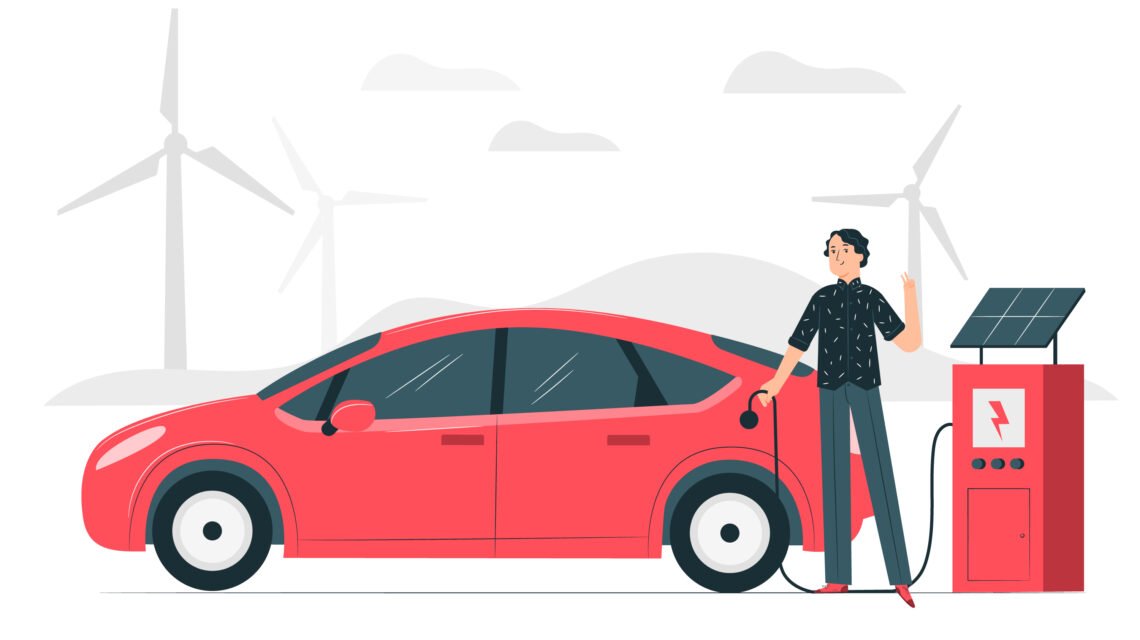

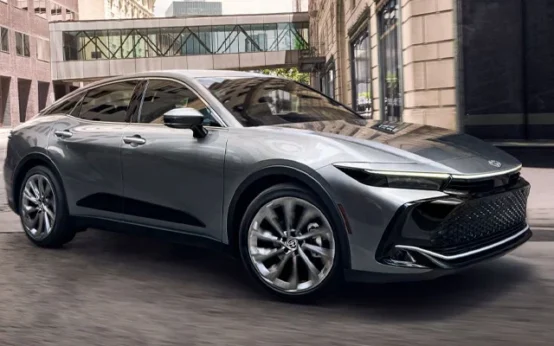 Is the 2025 Toyota Crown worth $41,440?
Is the 2025 Toyota Crown worth $41,440? 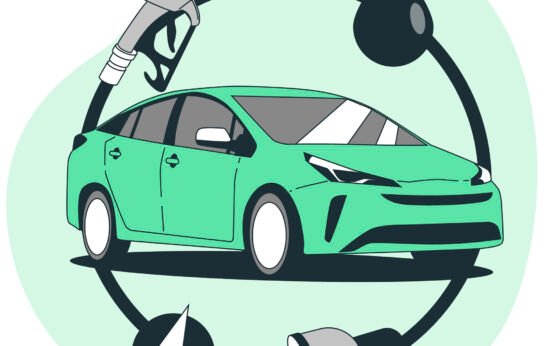 Alternative Solutions for Electric Vehicle Battery Anxiety during Long Trips
Alternative Solutions for Electric Vehicle Battery Anxiety during Long Trips 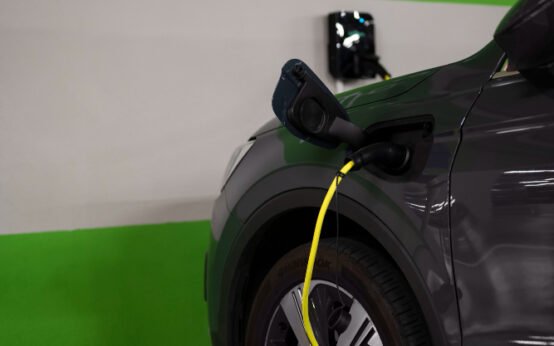 Government Incentives and Policies: How They’re Driving the Electric Vehicle Market
Government Incentives and Policies: How They’re Driving the Electric Vehicle Market 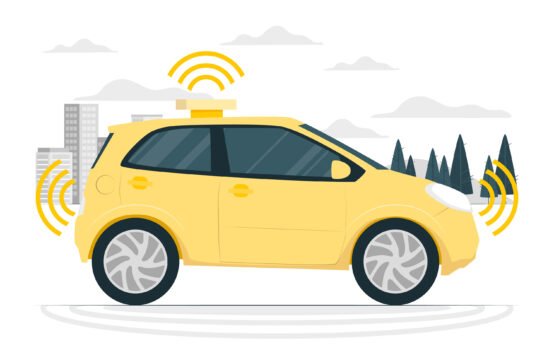 Transitioning to Electric: A Practical Guide for First-Time EV Owners
Transitioning to Electric: A Practical Guide for First-Time EV Owners 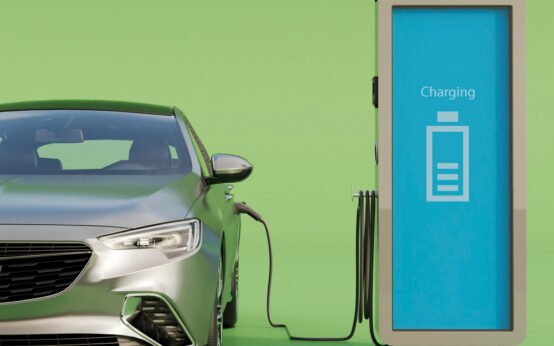 Breaking Down the Benefits: Why Electric Vehicles Are the Future of Transportation
Breaking Down the Benefits: Why Electric Vehicles Are the Future of Transportation  The EV Revolution: How Electric Vehicles Are Reshaping the Automotive Industry
The EV Revolution: How Electric Vehicles Are Reshaping the Automotive Industry  Crypto Market Value Drops 30% as Trump Tariffs Spark Global Economic Turmoil
Crypto Market Value Drops 30% as Trump Tariffs Spark Global Economic Turmoil  Fartcoin Surges 10% as Major Cryptocurrencies and Stocks Suffer Amid Trump’s Trade War
Fartcoin Surges 10% as Major Cryptocurrencies and Stocks Suffer Amid Trump’s Trade War  Crypto Funds Face $240 Million in Outflows as U.S. Tariffs Drive Market Uncertainty, Bitcoin ETPs Lead Decline
Crypto Funds Face $240 Million in Outflows as U.S. Tariffs Drive Market Uncertainty, Bitcoin ETPs Lead Decline  Why Cryptocurrency is Losing Trust as a Currency
Why Cryptocurrency is Losing Trust as a Currency  EUR/USD Pair Projections for Q3 2023 in Forex Trading
EUR/USD Pair Projections for Q3 2023 in Forex Trading  USD/JPY Pair Projections for Q3 2023 in Forex Trading
USD/JPY Pair Projections for Q3 2023 in Forex Trading